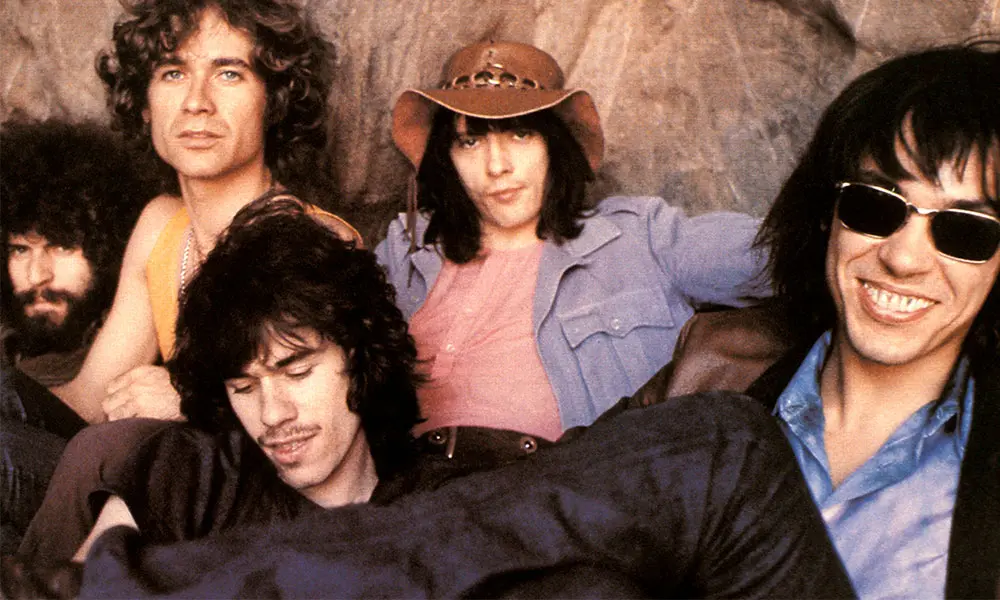
Born to Be Wild The Legacy of Steppenwolf in Rock History
Steppenwolf, the legendary rock band formed in 1967, has left an indelible mark on music history. Known for their electric performances and innovative sound, Steppenwolf rose to fame during the late 1960s and early 1970s. With their fusion of rock, blues, and a touch of psychedelia, they captured the essence of the counterculture movement, becoming a voice for a generation. Their distinctive style and standout lyrics solidified their place in rock history, making them one of the most iconic bands of their time.
The Rise of Steppenwolf
Emerging from the vibrant music scene of Los Angeles, Steppenwolf quickly gained popularity. The band, led by the charismatic John Kay, was notable for their raw sound and powerful lyricism. Their breakthrough single, “Born to Be Wild,” became an anthem of the free-spirited 1960s, celebrated for its rebellious spirit and the imagery of motorcycle culture. The song is often associated with the 1969 film "Easy Rider," which showcased the battle for individuality and freedom. This association propelled Steppenwolf into the mainstream and secured their legacy as rock legends.
The Impact of “Born to Be Wild”
“Born to Be Wild” stands as a testament to Steppenwolf’s influence in rock music. With its driving guitar riffs and memorable chorus, it encapsulated the essence of the era's youth culture. The song not only popularized the phrase “heavy metal” but also resonated with the burgeoning counterculture movement. Its message of freedom, adventure, and breaking societal norms continues to inspire new generations. In 2004, the song was inducted into the Grammy Hall of Fame, further solidifying its status as a classic in rock music history.
Musical Diversity and Evolution
Steppenwolf's discography showcases a diverse range of musical styles. While they are best known for their hard rock sound, the band incorporated elements of blues, folk, and even jazz into their music. This versatility allowed them to produce hits like “Magic Carpet Ride” and “Rock Me,” both of which displayed their ability to evolve with the changing musical landscape. Despite lineup changes and challenges that accompanied the fickle nature of the music industry, Steppenwolf remained true to their artistic vision. Their resilience highlights their significant contribution to the rock genre.
Legacy and Influence
Even decades after their peak, Steppenwolf’s influence can still be felt in modern rock music. Their blend of hard rock and thoughtful lyricism has inspired countless artists, and their songs remain staples on classic rock radio and playlists. Bands today continue to draw inspiration from Steppenwolf's bold approach to music and performance. Moreover, “Born to Be Wild” has made appearances in various films, commercials, and television shows, securing its place in popular culture. The legacy of Steppenwolf lives on as their music continues to resonate with those who seek freedom and adventure.









